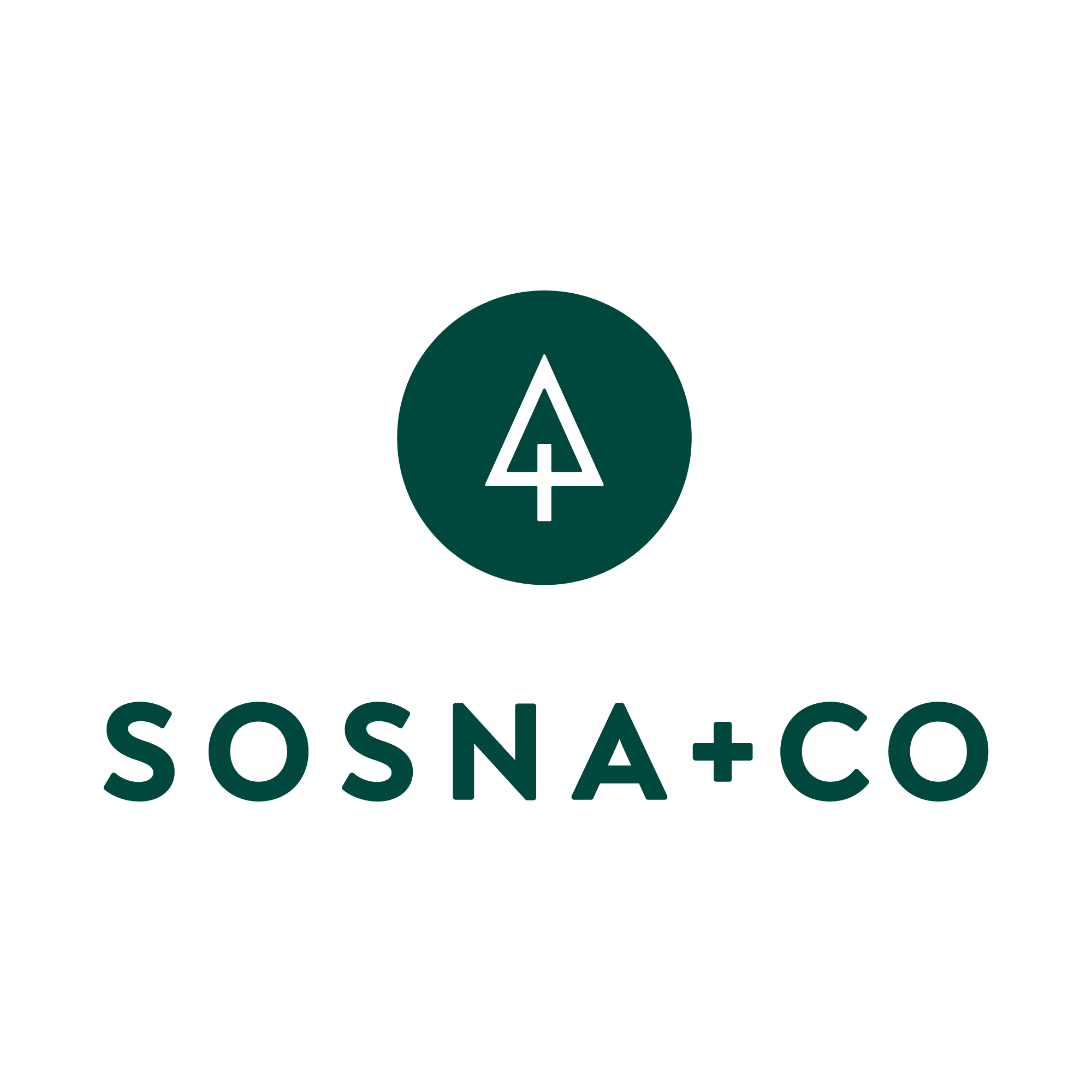Is Your Science Applicable to Animal Health? Why This Explosive Category Shouldn’t Be Overlooked
Recently, we worked with a company that had developed an innovative dental health product. It had substantial promise for its plaque-busting abilities, along with supporting data from animal studies.
Keen on positioning the product as a human drug, the company was committed to this route from the start – and for obvious reasons. Pharma is notoriously lucrative, as we all know, but it can come with a host of challenges in terms of:
Longer time to market
Extensive regulatory burden to meet (safety, quality, efficacy, manufacturing, labelling, testing, and more)
And of course, substantial R&D investment (a clinical trial alone can bring a multi-7-figure price tag)
For many small or earlier-stage organizations, this is simply not feasible.
In the case of the dental product company, it turned out that there was a faster, less costly, and more lucrative means of market entry: the animal health market.
Often companies have animal data anyway, but do not consider animal and pet products. Or at least, it’s not their first choice.
Read on to learn the benefits of the animal health market as a new or complimentary product pipeline, and considerations for how to maximize your efforts.
Animal Health: An Overlooked, Yet Exploding, Market
The first thing to note is that the animal health market is seeing explosive, continued growth now and into the future. With a 6.3% CAGR, the global animal health market is expected to reach $67.56 billion USD in 2026. Primary drivers include increased pet ownership and companion animals, rising disease prevalence, and the continued need for animals for drug and other life-saving medical developments.
It's not just limited to pets, though this is a significant and meaningful portion of the market. The animal health realm includes companion animals but also livestock (cattle, horses, swine), poultry, and other veterinary applications.
Product types that fall under the animal health umbrella include:
Prescription and OTC drugs
Devices
Vitamins and other alternative health products/nutrition supplements/homeopathics
Vaccines
Hormones
Anti-microbials
Medicated feed
And more
Benefits of Developing (or Repositioning) Products for Animal Health
Taking a drug the animal health route can be a valuable, viable option for many organizations – especially as firms are aiming for recession-proof strategies to project the future of their businesses.
Products that may be suitable for the animal pathway include products that are:
Already in development for humans
In the earlier ideation or R&D stages
Already approved and marketed for human use
The primary benefits of pursuing the animal market are shorter times to market and lower costs (i.e., no need to recruit clinical trial participants for human studies).
It is also more efficient, since to develop a drug, you need animal data first anyway (toxicology, safety). In many cases, this scientific data can be applied to humans for the same indication or similar.
By expanding your view of market entry, and the available pathways, you could find that you can create a pipeline of 2 or 4 products instead of the original human drug.
What to Consider to Ensure Success as an Animal Health Product
The main questions are:
1) Is your science applicable to human health? And;
2) What pathways are available and accessible for you given your product, science, and the market?
Here are the options and what you need to know about each:
Safety & Efficacy Considerations
First, your product or innovation must have demonstrated safety and efficacy for that label use. As mentioned, this is gained from traditional toxicology and animal research.
The regulations differ for each region, but the general process is similar. Oftentimes, given the requirement for early-stage safety and toxicity data, drug or product developers already have animal data.
Regulatory Requirements
You can seek regulatory approval in each region (here are Canada and U.S. requirements as examples). In terms of time to market, there are slower and faster routes available depending on the product.
For example, in the U.S., there is the New Animal Drug Application (NADA) or the Abbreviated New Animal Drug Application (ANADA) for an already approved generic animal drug.
Licensing a Human Drug for Animals
One option often pursued in the biotech space is licensing the product out as a human drug and positioning it to animals. This adds value to the organization and generates a new, earlier revenue stream.
Conclusion
In the case of the dental health company mentioned in the introduction, the leadership team was able to pivot and enter the explosive animal health market at the right time, with the right product – and gained efficiencies at every step.
Clearly, the animal route should not be dismissed as a route to market, whether for companion animals, livestock, or other species. The cost, time, and success rate benefits can outweigh initial objections, such as not understanding the market pathway or being unsure how to secure a licensor or distributor.
Do you have an asset that could have applicability for the animal health market? Contact us today to learn how we can help.
—
Sosna + Co is a boutique, outsourced business development partner for the life sciences. From M&A advisory and licensing deals with Fortune 500 companies to uncovering the potential of savvy, new start-ups, the principle is simple: we work meticulously to uncover new opportunities that grow your business.

